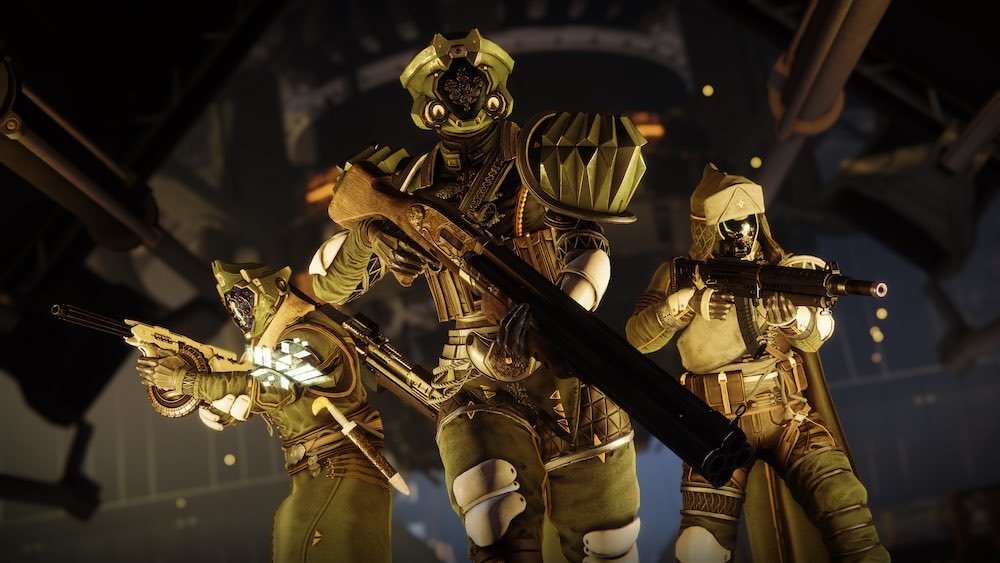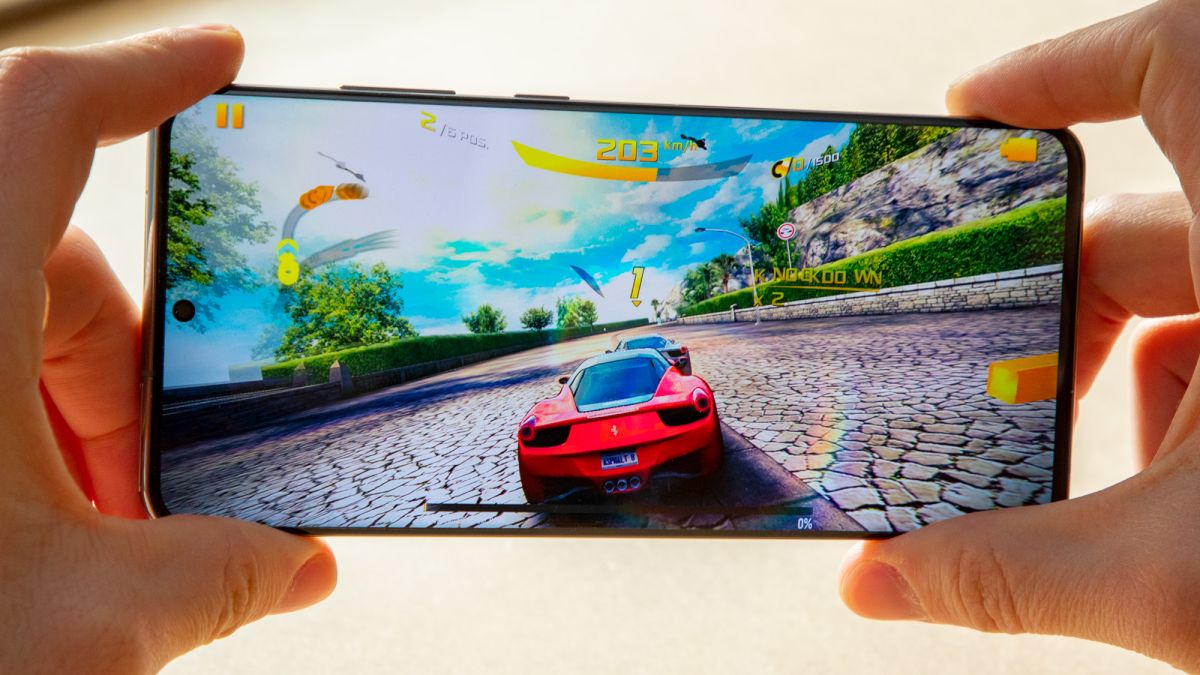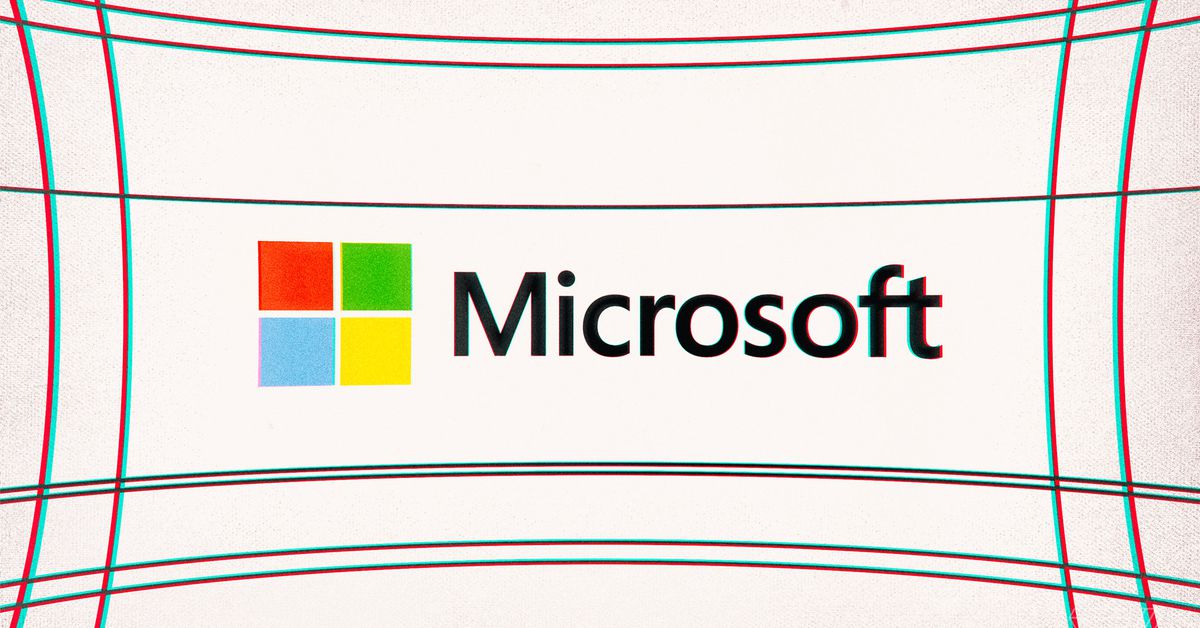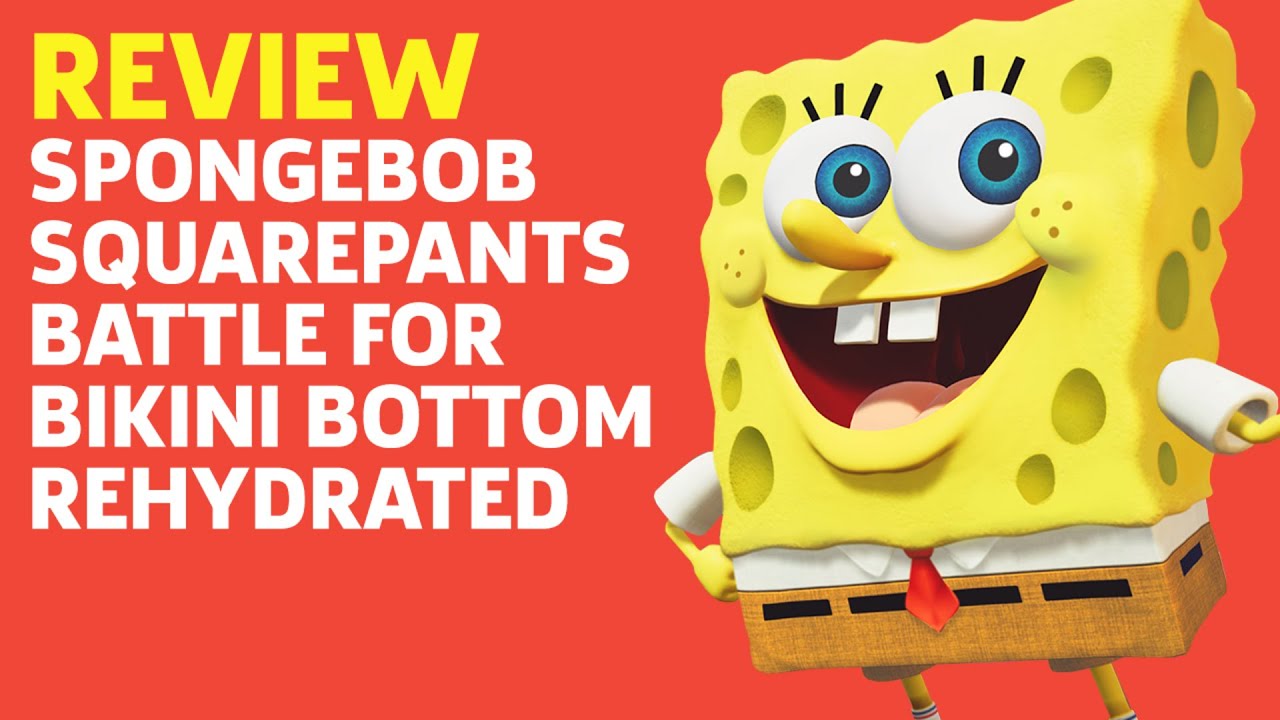The Last of Us Part 2 co-writer: ‘There are no heroes or villains’
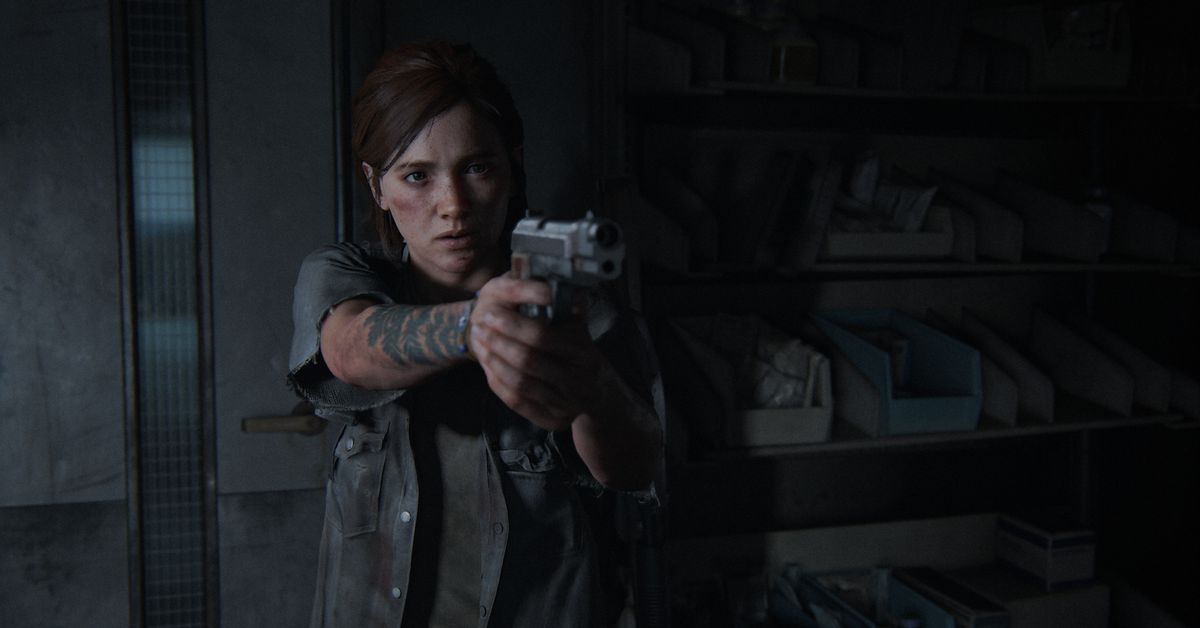
The Last of Us Part 2 is a violent game, and this violence cannot be easily avoided. Ellie must fight against other people who are just trying to survive, like she is. Hidden in the darkness, she watches and waits for the right moment to strike. She leaps forward to stab someone in the guts with her machete. Or she’ll line up a precise, silent headshot with her bow and arrow. And I guide her through every moment of it, wondering if I’m doing the right thing.
I spoke to The Last of Us Part 2’s co-writer Halley Gross about the preview section that press are allowed to discuss, which is about halfway through the game’s story. We also talked about the game’s persistent theme of guilt and remorse, especially the decision to humanize Ellie’s opponents. Every enemy has an in-game name, and their cohorts will shout it out in horror when Ellie deals a deadly blow. It’s hard for me to hear over and over.
“This game is entirely about making hard choices, and the consequences of those hard choices,” Gross told me in our video interview. “Even in gameplay, we want you to feel the micro-hard choices that these characters have to go through. So, are you going to confront the woman with the dog, or are you gonna stealth around and take that risk? We want you to feel them in every decision you make. So guilt is very much a consequence, a repercussion of a choice — and not always, but often, it can be also a sign of learning and growing.”
In this section of the game, Ellie must either sneak or murder her way through an area full of Seraphites, members of a mysterious cult-like group that has emerged as one of the roving factions in the post-apocalyptic hellscape that Ellie traverses (technically, it’s Seattle — or, it used to be). The WLF is the other antagonistic faction in this game; my colleague Russ Frushtick went up against them in some prior preview footage. They’re militarist preppers, some of whom have trained combat dogs that you’ll have to either avoid or, to my chagrin, kill.
When asked about real-life inspirations for the two factions in the game, Gross pointed out that co-writer Neil Druckmann “is actually from the West Bank, and he is obviously very much interested in talking about that sort of entrenched conflict. So a lot of the themes came from him wanting to tell that story. […] Naughty Dog is meticulous in their research and in trying to make this game feel as grounded and authentic as possible, as much as we’re living in a hyperbolic world.”
Image: Naughty Dog/Sony Interactive Entertainment
Ellie, meanwhile, has her own personal aims, and those aims end up throwing her into the crosshairs of these two warring factions.
“For us, or for her too, they are an obstacle to get through, or to get around, or to get past,” said Gross. “But we want in those moments to feel the humanizing aspects coming in, bleeding in. And as you progress through the game, those factions will become more and more expounded on, until hopefully they all feel fully realized.”
“We’re always going back to this conversation about the cycle of violence and empathy,” Gross continued. “So what we wanted was to have that in every aspect of this game. So you pick up a note and it’s going to be a conversation about [how] the cycle of violence is escalation. We wanted Seattle to very much represent that escalating and almost impossible-to-stop freight train of vengeance. So you’ve got these two factions who very much believe they’re doing what’s right.”
Ellie believes that what she’s doing is also right. She has her found family to protect back in Jackson, after all. “What we care about and what we really wanted to elucidate in this game, is that there are no heroes or villains,” said Gross. “There is no black or white. So even as Ellie is going through Seattle and she sees these enemies, they’re much more complicated than her superficial interactions with them would necessarily elucidate.”
Unlike the first The Last of Us, which focused primarily on Joel’s journey as a father who lost his daughter and then formed an unlikely bond with the teenage Ellie, The Last of Us Part 2 predominantly focuses on Ellie’s perspective. Now she is the one making hard choices, the one to whom the player needs to be able to relate. I asked Gross if the team had any concerns about this game focusing less on Joel and more on Ellie.
“Hopefully, even if you are not a 19-year-old lesbian, you are still seeing parts of Ellie and parts of her decision-making that resonate with you,” said Gross. “What we’re trying to do is that, as you’re with Ellie in these moment-to-moment decisions, watching these cinematics and discovering all the weight on her, that even if you don’t empathize with her decisions, even if you don’t agree with them, you understand why she feels she has to do it or feels like she can’t stop herself from doing something.”
Image: Naughty Dog/Sony Interactive Entertainment
As players who have completed the first The Last of Us know, the game concludes with Joel telling a lie to Ellie. It’s a lie that forces the player, and perhaps also Joel, to question whether the violence that just transpired was necessary or right. It makes sense, then, that guilt hangs over every moment of The Last of Us Part 2. It’s baked into the combat design, as Ellie decides moment to moment whether to hide or to engage in combat. But, in the grand scheme, there is no choice for Ellie. She’s pulled into a larger-than-life conflict simply because of who she is, a scrappy queer teen who just so happens to be immune to the virus that has destroyed society.
It’s impossible, in playing The Last of Us Part 2, not to think about the real-life pandemic, let alone the real-life state violence and racist policing that has inspired protests from activists all over the United States and elsewhere in the world. I can’t play a violent game about a pandemic, about warring factions, and about the times when violence turns out to be necessary, and not think about the world outside my door. I asked Gross about how it felt to release a game like this, during this time period — something Naughty Dog could never have foreseen.
“Right now, I think more than ever, we crave examples of resiliency,” she said. “And hopefully with this game, you’re seeing these characters who get knocked down by the world, who make mistakes, who make hard choices and continue to pick themselves back up and pick themselves back up. And they are obviously evolved and changed from those choices and from those experiences.”
Vox Media has affiliate partnerships. These do not influence editorial content, though Vox Media may earn commissions for products purchased via affiliate links. For more information, see our ethics policy.
